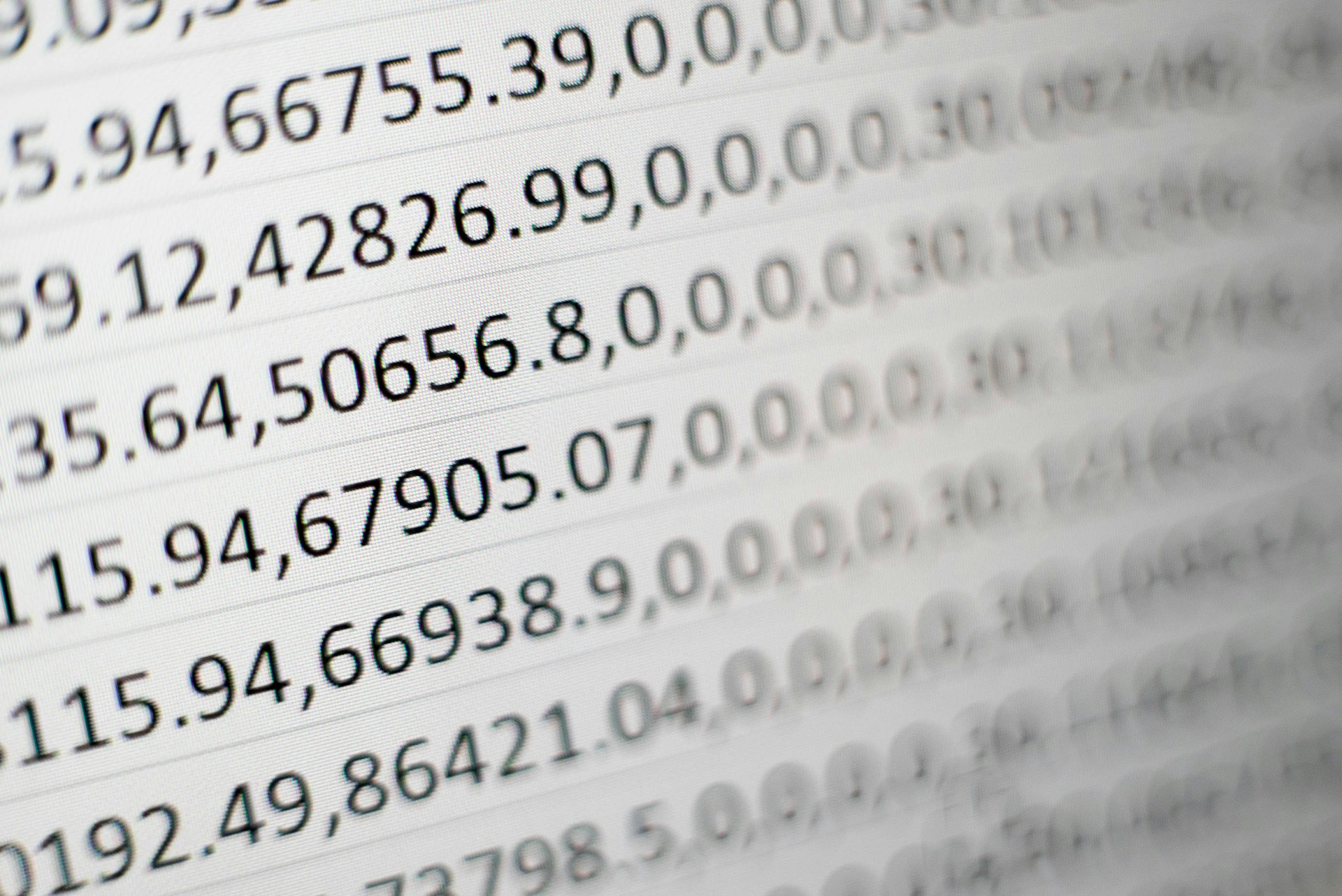Digital signature technology is a significant innovation that ensures the secure signing of electronic documents, replacing traditional paper signatures. In this article, we will delve into the history, development, and future prospects of digital signature technology.
1. History of Digital Signatures
The origins of digital signature technology trace back to the late 1970s.
- 1976: Whitfield Diffie and Martin Hellman laid the theoretical foundations for digital signatures, developing the Diffie-Hellman key exchange protocol.
- 1988: The RSA algorithm, the first digital signature standard, was created by Ronald Rivest, Adi Shamir, and Leonard Adleman.
- 1990s: Digital signature technology began to be used commercially, particularly attracting significant interest from the financial sector.
- 2000: The Electronic Signatures in Global and National Commerce Act (E-SIGN Act) came into effect in the United States, making digital signatures legally binding.
2. Development of Digital Signature Technology
Digital signature technology has seen substantial advancements over the years.
- Security and Encryption: Over time, digital signature technology has become more secure, with advanced encryption algorithms enhancing its safety.
- AES and SHA Algorithms: Advanced Encryption Standard (AES) and Secure Hash Algorithm (SHA) have ensured the security of digital signatures.
- Standards and Regulations: International standards and regulations have facilitated the widespread adoption of digital signature technology.
- ISO/IEC 14888: International standards for digital signatures were established.
- eIDAS Regulation: The eIDAS regulation was adopted in the European Union, regulating the use of digital signatures.
- Applications: Digital signature technology has been widely adopted across various sectors.
- Finance and Banking: Digital signatures began to be used in banking transactions and financial documents.
- Legal and Contracts: Digital signatures became common in legal documents and contracts.
3. The Future of Digital Signatures
The future of digital signature technology promises numerous innovations and developments.
Innovations for 2024
- Blockchain Integration: Blockchain technology will be used to enhance the security of digital signatures.
- Distributed Ledger Technology: Blockchain will be used for the verification and recording of signatures.
- Quantum Encryption: With the development of quantum computers, quantum encryption methods will play a crucial role in securing digital signatures.
- High Security: Quantum encryption will offer more security than current encryption methods.
Advanced Mobile Applications
- Mobile Signature Solutions: Signing documents via mobile devices will become even more widespread.
- Biometric Authentication: Digital signatures will become more secure with biometric authentication methods like fingerprint and facial recognition.
Artificial Intelligence and Machine Learning
- Automated Signature Verification: AI will automate signature verification processes besides reducing error rates.
- Fraud Detection: AI will be used to detect fraudulent signatures.
Eco-Friendly Applications
- Paperless Offices: Digital signatures will contribute to the creation of paperless office environments.
- Carbon Footprint Reduction: Digital transactions will reduce the carbon footprint, contributing to environmental protection.
Global Standards and Legal Regulations
- International Standards: ISO and other international organizations will develop global standards for digital signature technology.
- Compatible Systems: Compatibility will be ensured between different systems.
- Legal Regulations: Countries will enact new regulations to increase the legal validity of digital signatures.
- Legal Framework: New regulations will strengthen the legal framework for digital signatures.
Digital signature technology has shown significant development from the past to the present and will continue its journey filled with innovations in the future. The expected innovations in 2024 will make digital signatures more secure, accessible, and eco-friendly. Keeping up with these developments and leveraging the opportunities offered by digital signature technology is crucial for success in the digital transformation process.
Also, don’t forget to try Tap&Sign’s 14-day free demo: Tap&Sign Free Demo.







